‘Thirteen Lives’: Recreating the Extraordinary Circumstances of the Thai Cave Rescue
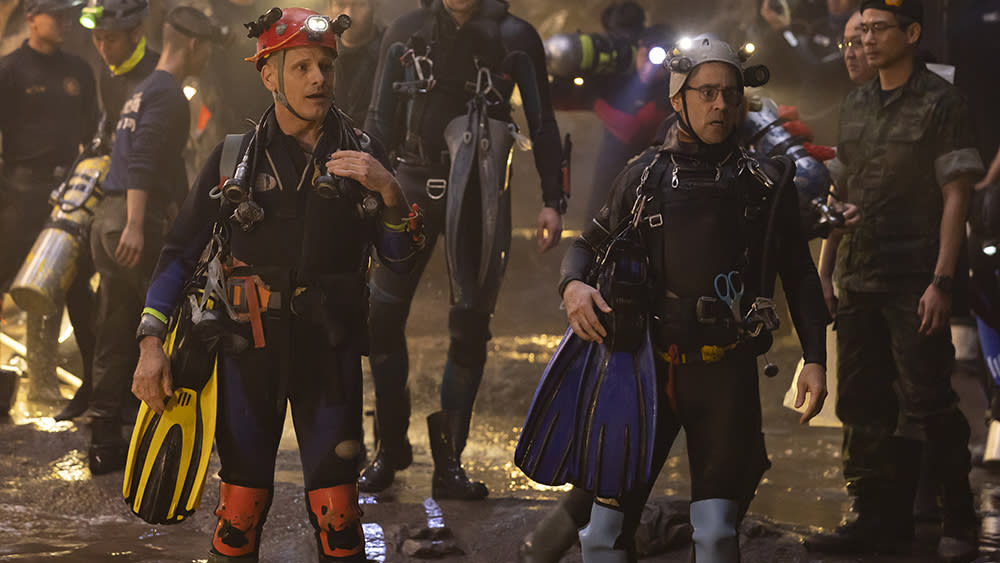
- Oops!Something went wrong.Please try again later.
- Oops!Something went wrong.Please try again later.
- Oops!Something went wrong.Please try again later.
Ron Howard’s “Thirteen Lives” is the latest example of the director’s ability to generate riveting cinema from real-world headlines. Like “Apollo 13” and “Frost/Nixon,” it takes a historical event many audience members will have some awareness of — in this case the dramatic rescue of a Thai soccer team trapped in an underwater cave — and brings it to vivid life, creating nail-biting suspense despite the outcome being common knowledge. The key to the film’s effectiveness is its rigorous attention to detail and meticulous sense of research and journalistic accuracy, qualities evident in every craft on display.
In the videos below, supervising sound editors Rachael Tate and Oliver Tarney, re-recording mixer William Miller, cinematographer Sayombhu Mukdeeprom, production designer Molly Hughes, and editor James Wilcox discuss how they preserved the authenticity of the story that inspired “Thirteen Lives” while also using all the tools of drama and cinema — including a massive water-tank reproduction of the Tham Luang caves — to create a visceral experience for the audience.
More from IndieWire
'Nope': How Keke Palmer Grounded an Out-of-This-World Horror Story
Weaving 'The Fabelmans' from Steven Spielberg's Childhood Memories
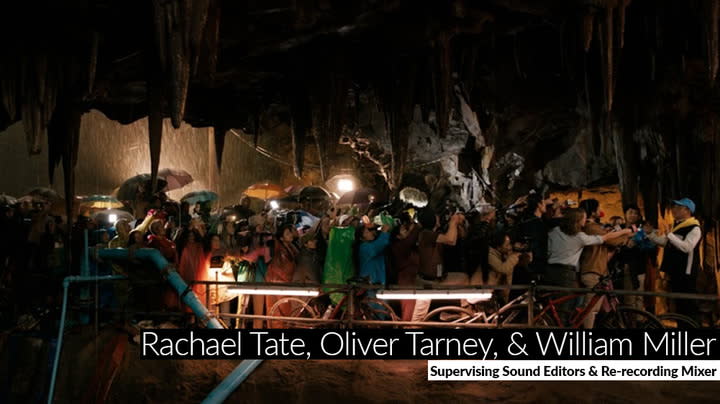
The Sound of “Thirteen Lives”
For all of the craftspeople involved with “Thirteen Lives,” one of the key concerns was authenticity and respect for the people who experienced the real life events being depicted. “We felt an enormous weight on our shoulders to do it justice,” supervising sound editor Rachael Tate told IndieWire, “making sure that anyone who was there at the time could watch this and think, ‘Yeah, that’s how it actually was.'” To that end, Tate and the rest of the sound team took great care recreating the sonic environment the rescuers encountered during their rescue mission, consulting with Rick Stanton and John Volanthen, the divers played by Viggo Mortensen and Colin Farrell in the film. “Only a few people in the world have ever been through what those guys went through,” said re-recording mixer William Miller. “We’re trying to recreate that as best we can, and we were very fortunate that Rick and John were both quite involved in the process.”
Stanton and Volanthen didn’t just provide feedback on the accuracy of specific underwater sounds — they allowed the “Thirteen Lives” team to record the sounds made by their diving gear, and Volanthen even became part of the soundtrack. “The breaths that are coming from Colin are actually John Volanthen’s breaths,” said supervising sound editor Oliver Tarney. “One of the highlights of the job was spending a day in a cave system with John Volanthen and my co-sound designer Michael Fentum. We basically just asked him to do various things: breathing, tumbling around, and just the basic sort of surfacing and submerging. It was a nice touch to take the breaths from that session and then put them onto Colin’s portrayal of him.” Hear more about how the sound team on “Thirteen Lives” created an immersive environment for the audience in the video above.
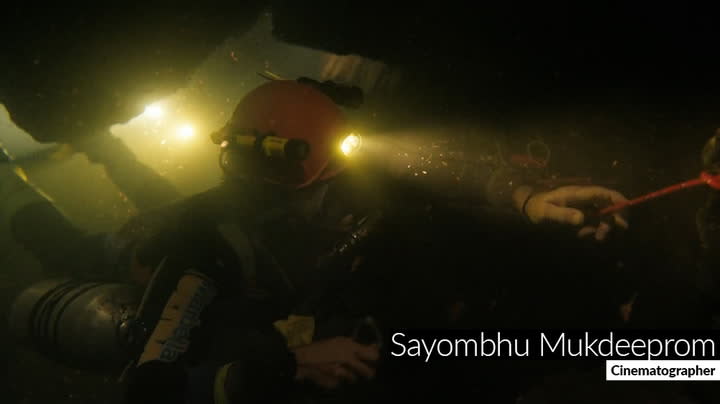
The Cinematography of “Thirteen Lives”
As a Thailand native, cinematographer Sayombhu Mukdeeprom felt an even greater responsibility to honor the truth of the situation “Thirteen Lives” recreated for the screen. “We had to make it very real because almost everyone [in Thailand] knows what happened,” Mukdeeprom told IndieWire. What people didn’t know, however, was exactly what it was like to be underwater in the cave; this is the experience Mukdeeprom hoped to convey with his lighting and camerawork. “My main concern was that the caves have no light sources at all, except for what people bring in, so I know that in every frame of the movie I have to show my light source.”
That meant Mukdeeprom relied heavily on the flashlights carried by the actors for illumination — and on the actors themselves for using them in ways that lit the scene according to the cinematographer’s specifications. “I made a joke asking to add Viggo Mortensen to my lighting team, because I relied on him a lot.” The challenges of shooting underwater kept Mukdeeprom engaged throughout the shoot, starting with the first day. “The first location that we shot was the deepest part of the cave,” he said, “so it [needed to] be the darkest.” Mukdeeprom tried to keep his lights to a minimum, not only for the accuracy of the scene but so that the actors could lose themselves in the reality of the situation. Watch how Mukdeeprom approached the cave interiors in the above video.
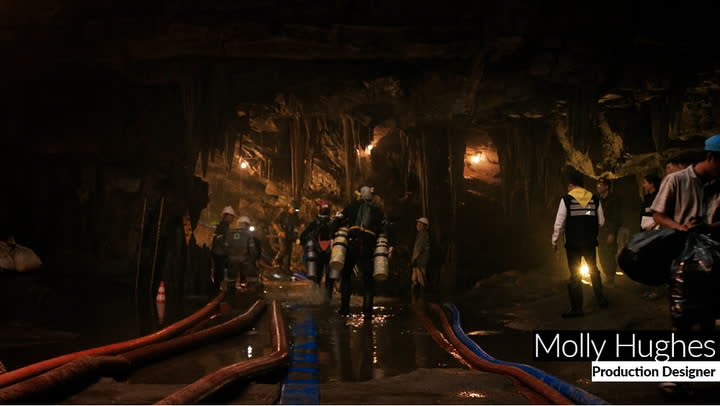
The Production Design of “Thirteen Lives”
The underwater sequences were a huge challenge for production designer Molly Hughes as well, not only for aesthetic reasons but also due to safety concerns. “Before we even started, that’s what kept me up at night,” she said. Collaborating with a dive safety team, stunt coordinator, and underwater camera team, Hughes designed a tank infrastructure that could push the realism of the film as far as possible without endangering the actors and divers. “You just work through it really methodically. We built four hundred-foot long tanks that were connected by a filtration system that kept the water clean, and they could heat the water. Keeping it clean was a big deal because you have to think about the actors and their eyes getting red.” Cave pieces were created to go in the tanks, with safety doors carefully placed in areas recommended by the dive safety team. “It was extraordinary to have them around to, at every step, say that works or that doesn’t work.”
Hughes was initially concerned about how to keep an audience interested in a film that takes place underwater, but in her early conversations with director Ron Howard she figured out how to keep the repeated rescue dives and limited visibility from becoming monotonous. “You know, he has so much experience with that with ‘Apollo 13’ and ‘Rush’ in particular, where he keeps you interested in the stakes, race after race,” Hughes said. “So it’s very easy to follow his lead on that. He started getting some storyboards together and we ended up just breaking down each dive and getting the pieces, certain events that he wanted for each dive. We started there and worked backwards really.” In the above video, Molly Hughes discusses how she designed and built a realistic underwater system for “Thirteen Lives.”
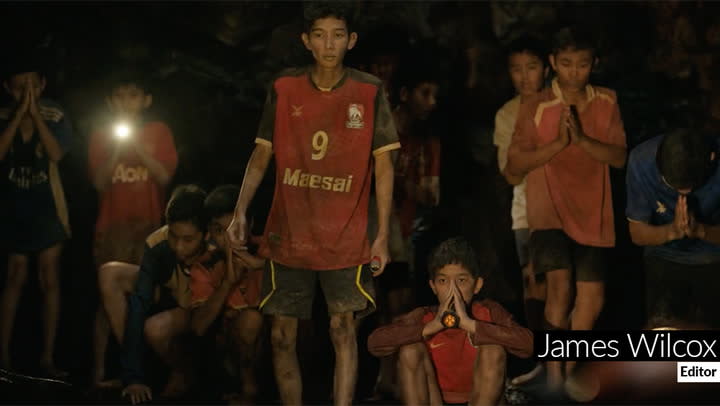
The Editing of “Thirteen Lives”
Editor James Wilcox faced the challenge of telling the story of “Thirteen Lives” in a manner that was both credible and dramatic, but from his first reading of the script he encountered another obstacle. “The first 20 pages or more were completely in Thai,” he said. “I thought, ‘Okay, that’s gonna be a big challenge. I don’t know any Thai.” Wilcox requested that a Thai post-production assistant be brought on to help both culturally and with the language. “They know this story, it’s a story of national pride. So I thought they might be able to give us some insights and nuances on how we’re doing with the authenticity of the story. But little did I know the language part of it would only be the beginning of the challenges.”
As Wilcox explained, there was also “the pacing, the amount of dives going into the cave, what was going on up on top of the mountain, the politics between the Thai government officials and the Navy SEALs. The parents, the anxiety associated with them; separating out the dives so that we understood the pressures mounting each day that the boys were in there without food, without water, And just authentically telling this story so that it didn’t feel manipulative in any way, and so that people would just lose themselves in the story unfolding, you know?” Watch the above video to hear Wilcox expand on his thoughts regarding the editing, working with sound and music, and how he kept the storytelling clear for the audience.
READ MORE CRAFT CONSIDERATIONS
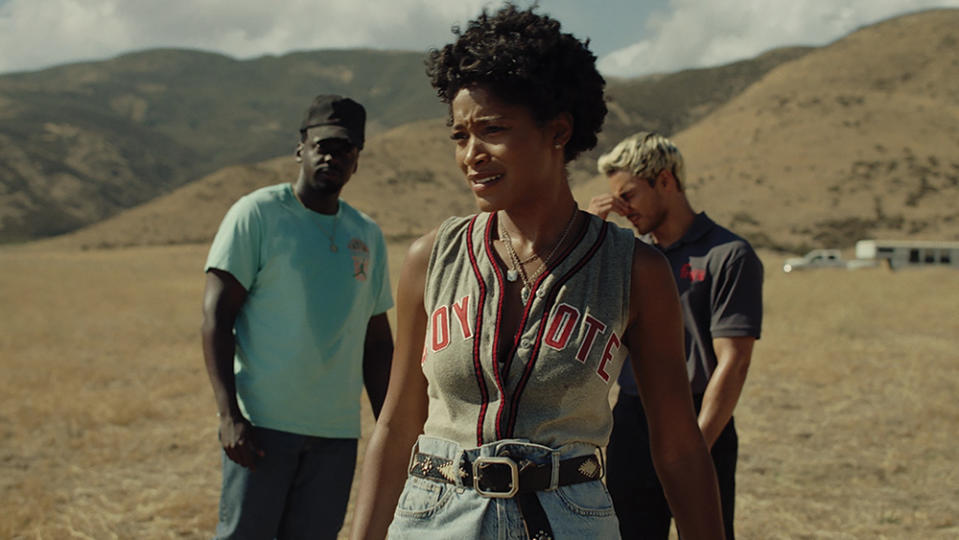
‘Nope’: How Keke Palmer Grounded an Out-of-This-World Horror Story
Watch star Keke Palmer discuss how she and filmmaker Jordan Peele figured out how to tell a sibling-bond story with sky-high stakes.
By Marcus Jones
January 9, 2023 3:30 pm
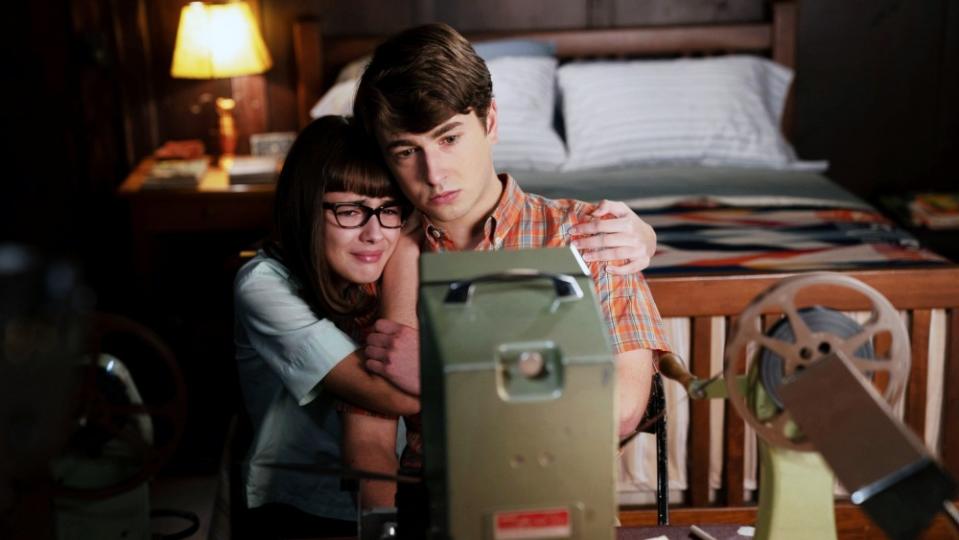
Weaving ‘The Fabelmans’ from Steven Spielberg’s Childhood Memories
Watch Pulitzer Prize winner and Academy Award nominee Tony Kushner discuss translating his longtime collaborator’s life into a screenplay.
By Jim Hemphill
January 5, 2023 2:30 pm
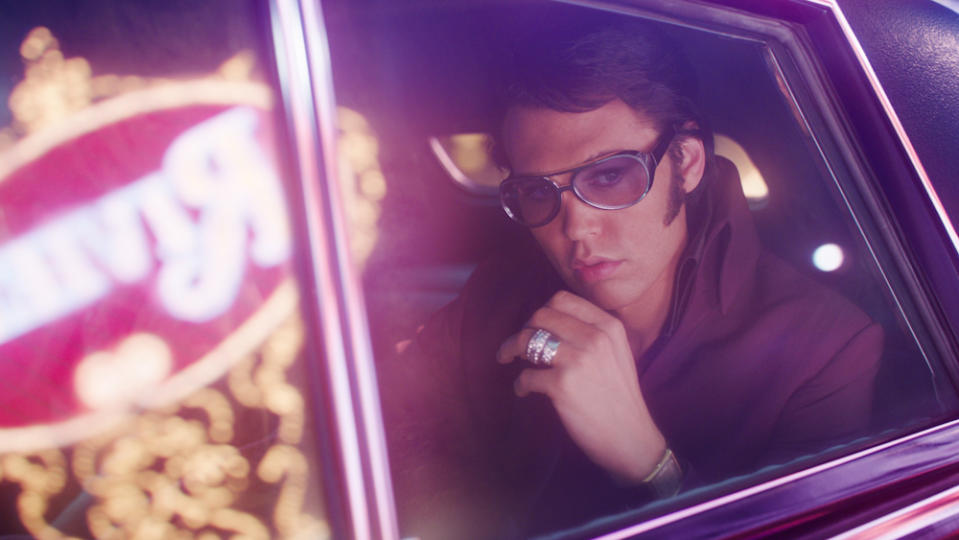
‘Elvis’: Giving New Meaning to the Life and Times of The King
Watch how cinematography, production design, and editing bring Elvis Presley and the culture that exalted him to life.
By Jim Hemphill
December 14, 2022 2:30 pm
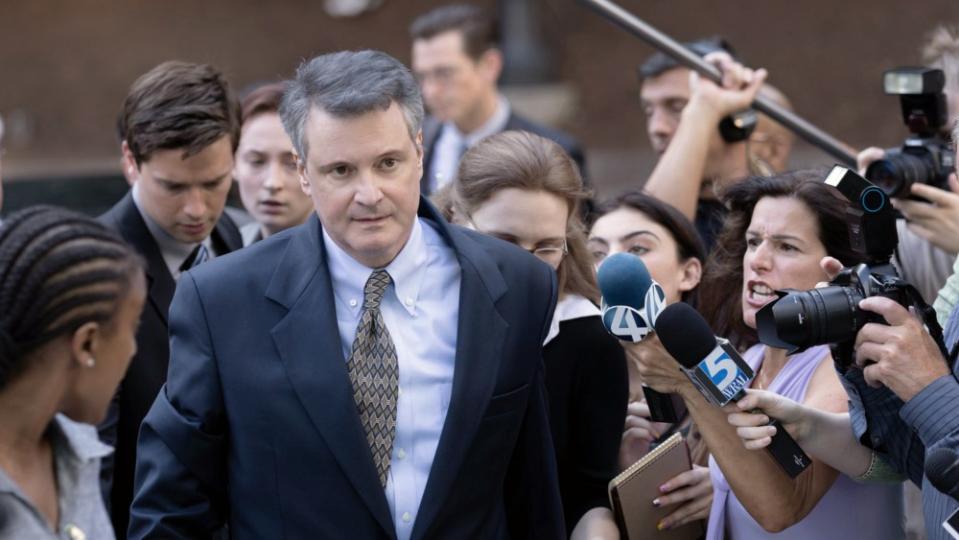
‘The Staircase’: Crafting an Unknowable Mystery
Watch how the writing, casting, and score deepened the complexities of and the questions surrounding one of the modern true crime genre’s defining cases.
By Jim Hemphill, Chris O'Falt, Sarah Shachat
December 7, 2022 5:00 pm
Best of IndieWire
Where to Watch This Week's New Movies, from 'Guardians of the Galaxy Vol. 3' to 'Chile '76'
Every Palme d'Or Winner from the Cannes Film Festival, Ranked
Sign up for Indiewire's Newsletter. For the latest news, follow us on Facebook, Twitter, and Instagram.

